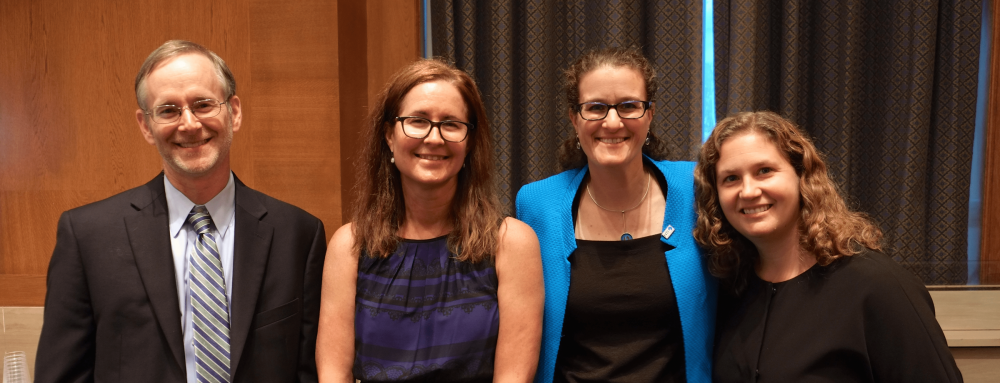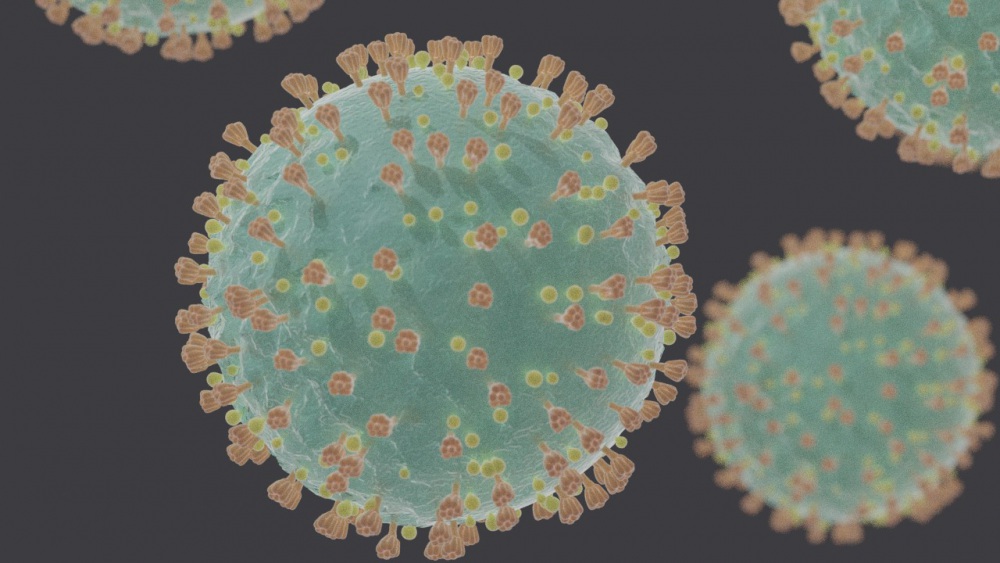
The Global Health Security Index: Real-World Examples of Driving Progress
Examples from around the world of the Global Health Security Index in-use.
Atomic Pulse
The U.S. government has been a leader and financer of
international action to prevent, detect, and respond to infectious disease
threats both prior to and following the 2014 launch of the Global Health Security
Agenda (GHSA), a partnership of more than 60 countries,
international organizations, and non-governmental stakeholders dedicated to
global health security. Due to important progress made possible through the GHSA,
the five-year partnership has been extended from 2019-2024.
The Johns
Hopkins Center for Health Security, Global Health Council, NTI | bio,
and PATH recently
hosted Clade X: A
Global Health Security Simulation for Congressional staff to
demonstrate the need for continued support to prevent serious infectious
disease threats. The simulation—an abridged, modified version of the original
day-long Clade X pandemic exercise designed and hosted by the Center for Health Security—was
conducted to highlight the necessity for effective preventive interventions and
the importance of accountability of government agencies during global health
crises. The exercise gave Congressional staff a window into the choices government
leaders must make during a pandemic.
The exercise
highlighted the need for the U.S. to play a leadership role in the global
health security community and for countries to work together to develop a
robust pipeline of countermeasures to mitigate the impacts of outbreaks; create
transparent international action plans that measures progress; and support
sustained global health security funding that advances health security
preparedness in low- and middle-income counties. Overall participants
emphasized the need for the Administration and Congress to work together to
develop and support a comprehensive U.S. strategy for pandemic preparedness.
During
the simulation, Dr. Tom Inglesby, director of the Center for Health Security,
played the role of National Security Advisor to the President, with co-facilitation
by Carolyn Reynolds, vice president of Advocacy and Policy at PATH, and Dr. BethCameron, vice president for Global Biological Policy and Programs at NTI. While
the scenario was fictional, it gave participants a realistic perspective into
what’s it’s like to face multiple reported disease outbreaks occurring
simultaneously in Venezuela and Germany.
As
part of the fictional scenario, Congressional staff were tasked with providing
recommendations to the President about whether and how the U.S. should respond
to the scenario. Among the most significant challenges were: requests for global
aid amid an impending national crisis; requests for U.S. military and public
health intervention in various geopolitical environments; and processing information
about the severity and longevity of the outbreak in the context of a
constrained national budget. An additional challenge throughout the exercise
was the lack of timely and specific information, mimicking the lack of reliable
data that exists to inform leaders during a real global health crisis.
As a
result, participants grappled with providing timely resources to affected
countries. Delays in aiding highlighted that if previous investments in disease
detection and reporting systems had been made, more information would have been
available to inform response decisions, and ultimately, fewer people would have
died.
In
the second half of the simulation, participants discussed the impact of a
reported outbreak of Clade X in Niger, as well as a new outbreak in a small
college town in the United States. During this session, the conversation focused
on the impact of the outbreak on U.S. domestic and foreign policy. Thorny
issues also arose regarding the need to protect Americans and military
personnel abroad while at the same time contributing to an international
response effort.
Following
the simulation, the non-governmental sponsors led the group through a “hot wash”
discussion about Congressional roles in preparing for and responding to
outbreaks, including deployed public health personnel to help with disease prevention; providing for robust disease-detection
data; and identifying channels for coordination and communication across the
executive and legislative branches.
The simulation
painted a realistic picture of global health security risks in action—the lack of emergency preparedness and planning, absence
of clear authorities, and poor communication with the public—and was a reminder
that viruses
know no borders. Today, more than two-thirds of countries are still not
properly prepared to address pandemic threats. A severe infectious disease
pandemic could cost more than 1 million U.S. lives and up to $6 trillion to
contain1. Although a growing number of countries are taking steps to
prepare for the increasing risks of emerging infectious diseases, sustained
political commitment, financial support, technical assistance, and partnerships
are needed to strengthen the capacity of every country to prevent, detect, and
respond to global health threats.
Regarding
the original Clade X, from the Johns Hopkins Center for Health Security
website:
The original Clade
X was a day-long pandemic tabletop exercise hosted by the Johns Hopkins Center
for Health Security that simulated a series of National Security Council-convened
meetings of 10 U.S. government leaders, played by individuals prominent in the
fields of national security or epidemic response. The exercise illustrated
high-level strategic decisions and policies needed to prevent a severe pandemic
or diminish its consequences should prevention fail.
At the conclusion
of the exercise on May 15, 2018, the Center for Health Security presented 6
strategic policy goals needing commitment from the United States to
prevent or reduce the worst possible outcomes in future pandemics. Those
recommendations are:
1. Develop capability to produce new vaccines and drugs
for novel pathogens within months not years.
2. Pioneer a strong and sustainable global health
security system.
3. Build a robust, highly capable national public health
system that can manage the challenges of pandemic response.
4. Develop a national plan to effectively harness all US
healthcare assets in a catastrophic pandemic.
5. Implement an international strategy for addressing
research that increases pandemic risks.
6. Ensure the national security community is well
prepared to prevent, detect, and respond to infectious disease emergencies.
To learn more about Clade X and access an extensive
repository of materials from the exercise, please click here.
References
1.
Gostin,
L.O., Mundaca-Shah, C.C., & Kelley, P.W. (2016). Neglected Dimensions of
Global Security: The Global Health Risk Framework Commission. JAMA, 315(14),
1451-1452
Sign up for our newsletter to get the latest on nuclear and biological threats.
Examples from around the world of the Global Health Security Index in-use.
COVID-19 + Cybersecurity: Parallels and Lessons from a Pandemic
The U.S. and COVID-19: Leading the World by Score, not by Response


